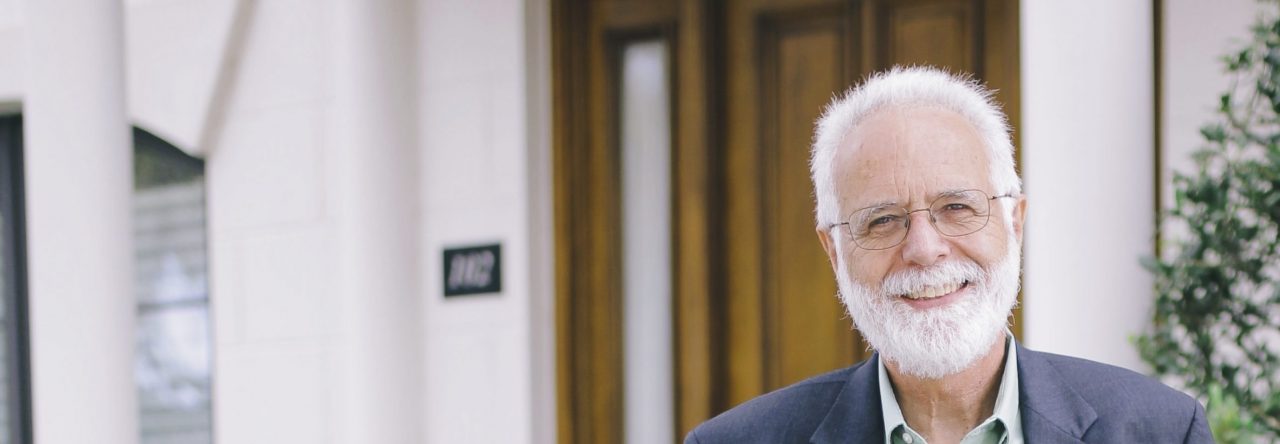My sabbatical is being funded by drug money.
That’s only kind of true. The question is rightly raised, though, as to how a church can afford to give a pastor three months away while continuing to pay him. Some churches see sabbatical as so essential for the pastor’s and the church’s health that they budget a yearly amount to build a fund into which they can dip every 7-8 years.
For churches which have lacked such foresight, there are other ways.
In January of 2017 I sat down with my eager and gracious sabbatical committee, one ruling elder and two members of the congregation. We began to brainstorm what a sabbatical might look like. We began to dream. As well, we got down to the business of positioning ourselves to apply for the very generous Clergy Renewal Grant of the Lilly Endowment.
That sentence raises three questions.
What is the Lilly Endowment?
In 1876 Eli Lilly founded a pharmaceutical company which he named after himself. In 1937, three members of the Eli Lilly family with significant shares in the now very profitable company determined to do good with their wealth and started the Lilly Endowment, funded entirely with stock in the company. The endowment shares nothing with the pharmaceutical company other than the stock that funds it.
The founders of the endowment had a deep commitment to the importance of religion in people’s lives, and so the endowment has had a long history of funding religious initiatives, among them those which “nurture the excellent ministers who practice their faith every day.”
What is the Clergy Renewal Grant?
It’s this commitment to nurturing ministers that drives Lilly to offer yearly grants up to $50,000 to churches wishing to give their pastor a sabbatical. Up to $15,000 of the grant can be earmarked to pay the costs of his absence and to underwrite initiatives to enrich the congregation in the pastor’s absence. Our understanding is that Lilly distributes 45-60 of these grants each year.
What did we do to apply for the grant?
The grant application is a lengthy and detailed creature.We had to map out exactly how the time would be spent and the objectives we hoped to accomplish. We had to document details of my standing and of the church’s. We had to prepare detailed budgetary information, and we had to put it all in the right order.
More importantly, we had to think big. Lilly encourages pastors and churches to dream big, to consider the kinds of things that would bless us which would ordinarily not only be out of reach but beyond our imagination. And so we did dream big, and worked hard, and kept the congregation informed. The congregation approved the plan overwhelmingly in early April and we submitted the application at the deadline of April 21, 2017.
On Sunday, August 13, after my church’s worship service, I walked into my study accompanied by one of my elders. I glanced at the week’s mail which the church’s financial director prunes and puts on my desk each week. On top was a letter from the Lilly Foundation. With hesitation I opened it. The letter began, ‘It is a pleasure to inform you….’
I was dazed. My elder disappeared to find people to tell. People told people. I was afraid that word would get to my wife before I could tell her. I told her. I cried. The things we dreamed would become real.
Because of drug money? No. Because of Lilly’s generosity, because of God’s good favor, and because of a congregation’s love.

Jason
Dreams are the stuff Prayers are made of.😊
Carol Arnold
Those who bless others will be blessed. You deserve these dreams come true.